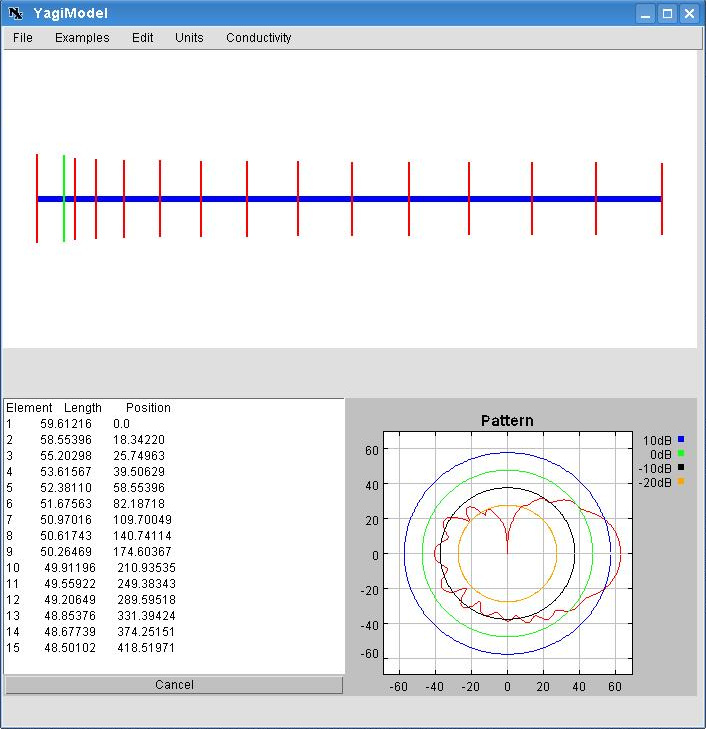Build Yagi Antenna Wifi Router
Posted : adminOn 3/11/2018
This 16 dB gain Yagi is a great directional WiFi Antenna. It is an excellent choice anyone who needs to extend their wireless LAN or share high speed internet. Ethernet Switches Routers & Extenders. Wireless Antenna Installation Guide: 10 Tips for Making Your Wireless Installation a Success. Yagi Antenna.
Wireless enthusiasts have been repurposing satellite dishes for a couple years now. This summer the longest link ever was established using old 12 foot and 10 foot satellite dishes. A dish that big is usually overkill for most people and modern mini-dishes work just as well. The dish helps focus the radio waves onto a directional antenna feed. We're building a biquad antenna feed because it offers very good performance and is pretty forgiving when it comes to assembly errors. Follow along as we assemble the feed, attach it to a DirecTV dish and test out its performance.
With just a handful of cheap parts, a salvaged DirecTV dish and a little soldering, we were able to detect access points from over 8 miles away. Using consumer WiFi gear we picked up over 18 APs in an area with only 1 house per square mile.
Building the antenna Biquad antennas can be built from common materials, which is nice because you don't have to scrounge around for the. We did have to buy some specialized parts before getting started though.
The most important part here is the small silver panel mount N-connector in the center of the picture; the entire antenna will be built on this. We purchased it from S.M. The 'N-connector' is standard across the majority of commercial antennas and you can connect them to your wireless devices using 'pigtails.' The longer pigtail in the picture is a that we'll use to connect our antenna to a Linksys WRT54G access point. The short pigtail is a so we can connect to our WiFi card which is pictured. We also purchased 10 feet of so we wouldn't have to sit with the dish in our lap. We got our surplus DirecTV dish from.
We'll cover the reason for the mini butane torch later. Trevor Marshall built one of the found on the internet. We followed the slightly more thorough instructions. Here are the raw materials we started with: The wire is standard solid-core 3-conductor wire used for most house wiring. We didn't have any copper printed circuit board material laying around so we used this thin sheet of copper and supported it using the 1/4-inch thick black plastic pictured. The first step in building the element was stripping and cutting a 244mm length of wire.
We marked the wire every 31mm with a permanent marker and began bending the wire into a double diamond shape. We tried to make the length of each leg 30.5mm. The easiest way to make really sharp bends in the solid copper wire is to use two pairs of pliers.
With the pliers held perpendicular to each other bend the wire against one of the sets of jaws. The element with all bends completed: Next we cut out a 110mm square of black plastic to use as a base for the reflector. We drilled a hole in the center to clear our connector. Klone Black Days Download. We then soldered a piece of copper wire to the center pin of our N-connector. Next we soldered a piece of of wire to the outside of the connector.